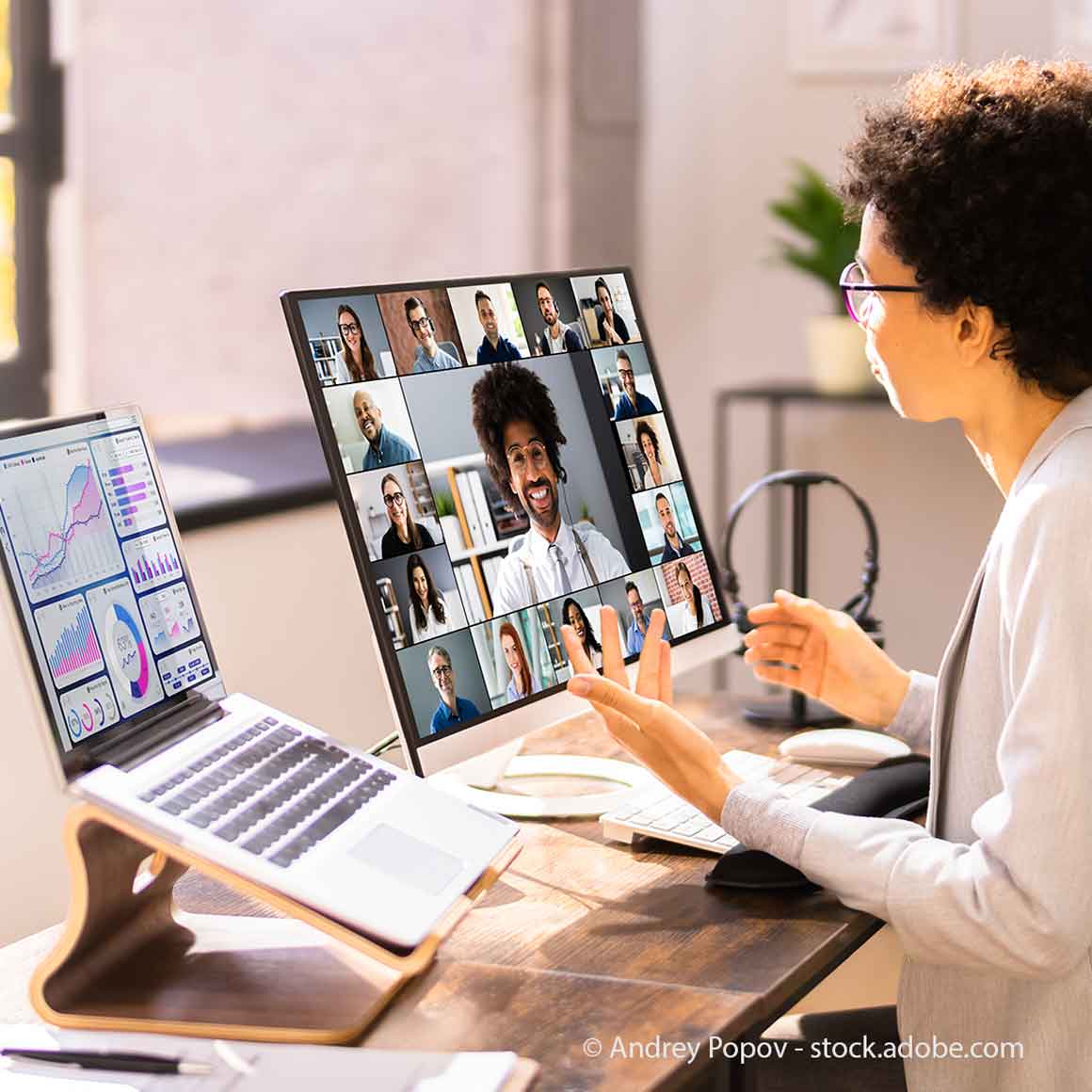
PRESS RELEASE: Virtual learning and teaching using the example of the VIAMUS museum project
| Sieversmedien Redaktion
The virtual museum VIAMUS is to be seen as a place of learning and teaching on a new level. With this website, the Archaeological Institute of the University of Göttingen follows the trend that is widespread in the museum sector to make the exhibits and knowledge bases of their own house accessible via the Internet. For many people, visiting a museum on the Internet sounds like a paradoxical contradiction. But virtual museums are booming, Google is a good example. With the "Art Project" of the Google Cultural Institute, discovery tours in exhibitions and collections all over the world are possible from home. In general, museums are going online and they know how to use it to draw attention to themselves in different ways - the spectrum of what the museum offers ranges from the simple information page to the virtual viewing of individual exhibits or entire exhibitions. The virtual museums offer the opportunity to explore the museum and its exhibits from home. You no longer have to look for your way to the museum and then not find what you had hoped for. You can now use the Internet to find out in advance whether a visit to the museum is worthwhile. This reflects the change in function of the Internet – it is no longer just about entertainment and communication, the educational purpose has been added at eye level. It is precisely with this aspect of education that "Virtual Learning and Teaching Using the Example of the VIAMUS Museum Project" by dr Carmen son on. It addresses the transfer from the traditional to the virtual museum. To do this, she explicitly uses the VIAMUS project, in whose planning, implementation and development she was involved. Your entire work is characterized by a transparent insight into the background of VIAMUS. It underpins the development of VIAMUS with the prior knowledge of teaching and learning methods that are absolutely necessary to create an effective virtual learning location. In the run-up to the event, the author goes into detail about the transfer from traditional to electronic teaching and learning methods, while also pointing out the diverse possibilities that come with the Internet - with numerous references to use in school lessons. The tenor is that VIAMUS was constructed on the basis of the conventional didactic model of the learning exhibition, but along with modifications that can be attributed to virtuality. It is to be regarded as a virtual counterpart to the “museum” as a place of learning. Sohn's publication consists of two parts: The first part is devoted extensively to the theory on which the work on VIAMUS is based. The second section, in turn, is constituted as an empirical study - not only the number of visitors, the length of stay and the preferences of the visitors are considered, instead the focus is on the investigation of whether VIAMUS can meet the expectations of the users. The strengths and weaknesses of the VIAMUS concept were determined using log file analysis and questionnaires and discussed in Sohn's work. In addition, the implementation of the user criticism is included in the modification of VIAMUS, so that it becomes clear to the reader to what extent the project management reacted to the criticism and how it was implemented. dr Carmen Sohn's book "Virtual Learning and Teaching Using the Example of the VIAMUS Museum Project" can be used as a field report for similar projects that are currently under construction. Both the transparency in planning, implementation and structure as well as the empirical evaluation of visitor preferences and expectations can prove to be extremely helpful. The explanations of traditional teaching and learning concepts and their transferability to virtual learning locations are particularly relevant for teachers, as they show them new spaces within the lesson design, and the possibilities that VIAMUS opens up are also focused on. "Virtual learning and teaching using the example of the VIAMUS museum project" can serve as a constructive aid in the planning of similar virtual projects, for the optimization of virtual learning locations and for teaching concepts with virtual points of contact in many respects.
Placeholder Title
$TBD
This is a description for the upsell opportunity.
